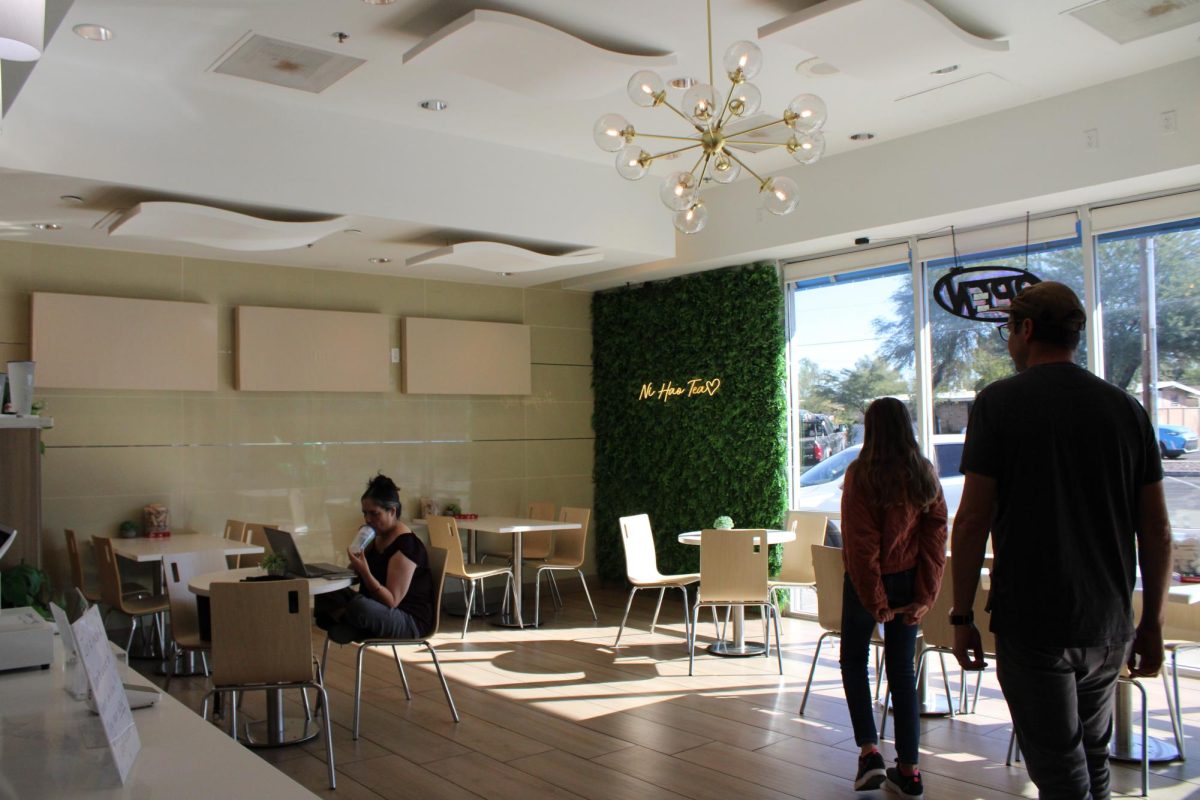
Climate change has morphed our way of life in almost every corner of the world. One place that is seeing the substantial effects of climate change is California. At the beginning of the month, Gov. Edmund Brown stood atop a hill with brown grass — usually covered in snow — to proclaim restrictions on water for the state of California.
The drought is not California’s alone. Arizona has been in an extended drought as well, but California is seeing the most direct impact at this time. In fact, the drought has become so severe that, in January of last year, Brown declared a state of emergency.
This isn’t just California’s issue, though. California is a major producer of food for the entire country. The state produces 90 percent of the nation’s wine, 69 percent of carrots, 71 percent of spinach and 89 percent of cauliflower. It’s safe to say that without California’s rich agricultural community, the U.S. food industry would suffer.
This is typical across the Southwest. In Arizona, agriculture is a substantial portion of the state’s economy. According to the Arizona Farm Bureau, agriculture contributes more than $17 billion to the state’s economy. Agriculture also uses a majority of the water supply to the state, around 80 percent, according to Martha Whitaker, assistant research scientist and undergraduate coordinator for the Department of Hydrology and Water Resources at the UA.
The leadership in environmentalism that California’s newest moves display is not uncommon, according to Whitaker.
“California has been a leader in environmental regulation,” she said in reference to California’s actions against smog in the 1970s. “A lot of times, the U.S. EPA tends to follow suit.”
Arizona will soon be in the same situation as California, and unlike California, we can learn from the mistakes of our peers. Environmental issues do not have to be considered only during a crisis. Southwestern states need to plan for impending drought and water supply management.
Just like California, Arizona’s major reservoirs are already suffering. Lake Mead and Lake Powell are well over 100 feet below their peak and declining, both around 40 percent capacity.
According to a panel that discussed the Colorado River at the UA on Friday — hosted by Sen. Jeff Flake and President Ann Weaver Hart — by 2018, there will be a “Call on the River.” This means the state will shut off water to the Central Arizona Project, which supplies water to both Tucson and Phoenix. California will be impacted as well.
It is important that states in the Southwest, especially those in the Colorado’s Lower Basin, band together to conserve water supplies.
“The major thing [that we can do] is planning,” Whitaker said. “Planning for the future, planning for economic growth, planning for a growing population.”
But even more than planning, Whitaker said conservation is personal, and doing small things like turning off the tap while brushing your teeth collectively makes a big impact. Or, as Brown’s Executive Order promotes, we can xeriscape our yards instead of growing lawns. Xeriscaping is the practice of using native plants that naturally consume less water in landscaping.
Though agriculture uses a majority of state water, it’s useful to know that everyone can make a difference at home. Tucson has the lowest use of water in the Southwest, using only 90 gallons per capita per day, while Scottsdale is among the worst water users, using 165 gallons per capita per day.
We are past the old adage, “Think global, act local.” We must think as collective regions to save our water. California is acting as a pioneer in the Southwest, and hopefully many more states will follow its lead before we all succumb to the collective fate of seeing our taps run dry.
_______________
Maddy Bynes is a junior studying political science and history. Follow her on Twitter.








